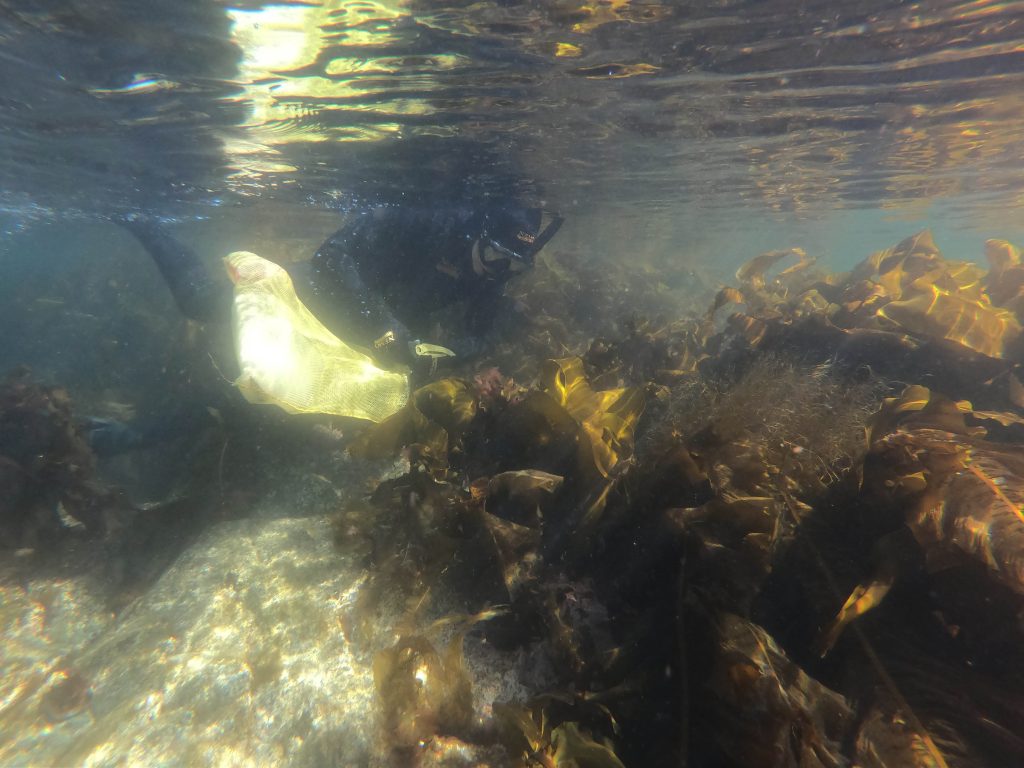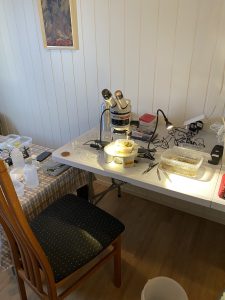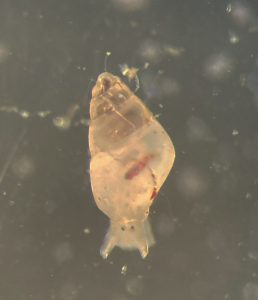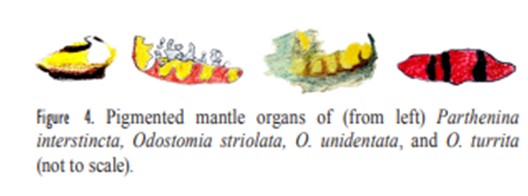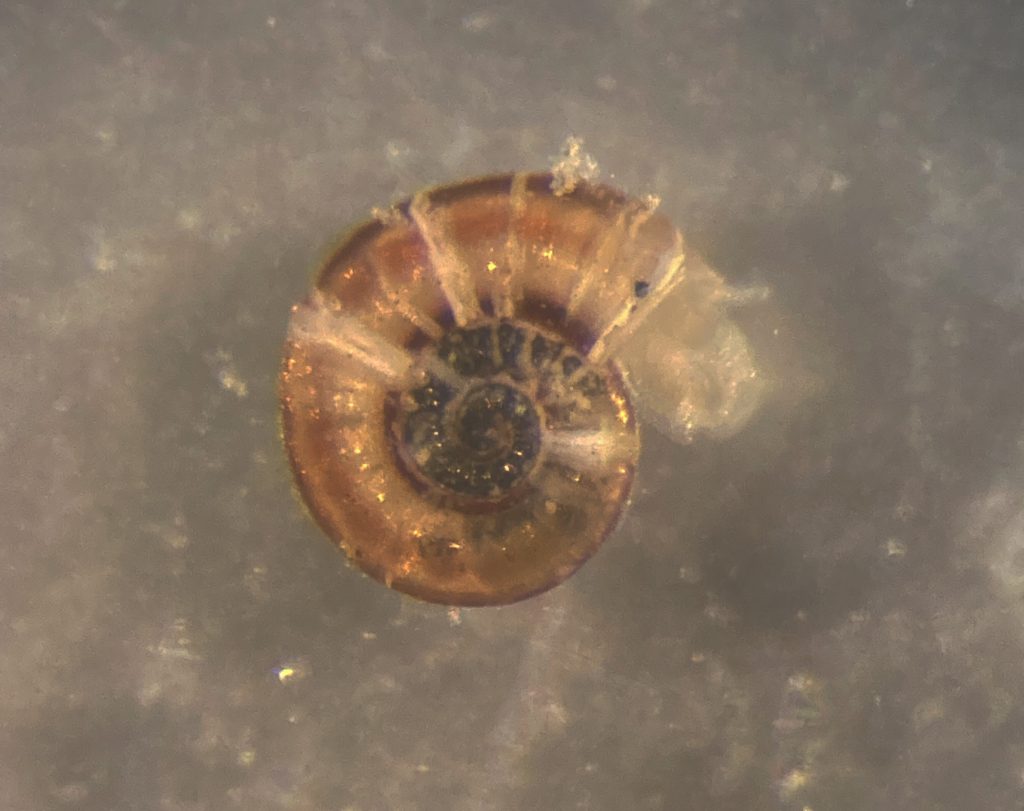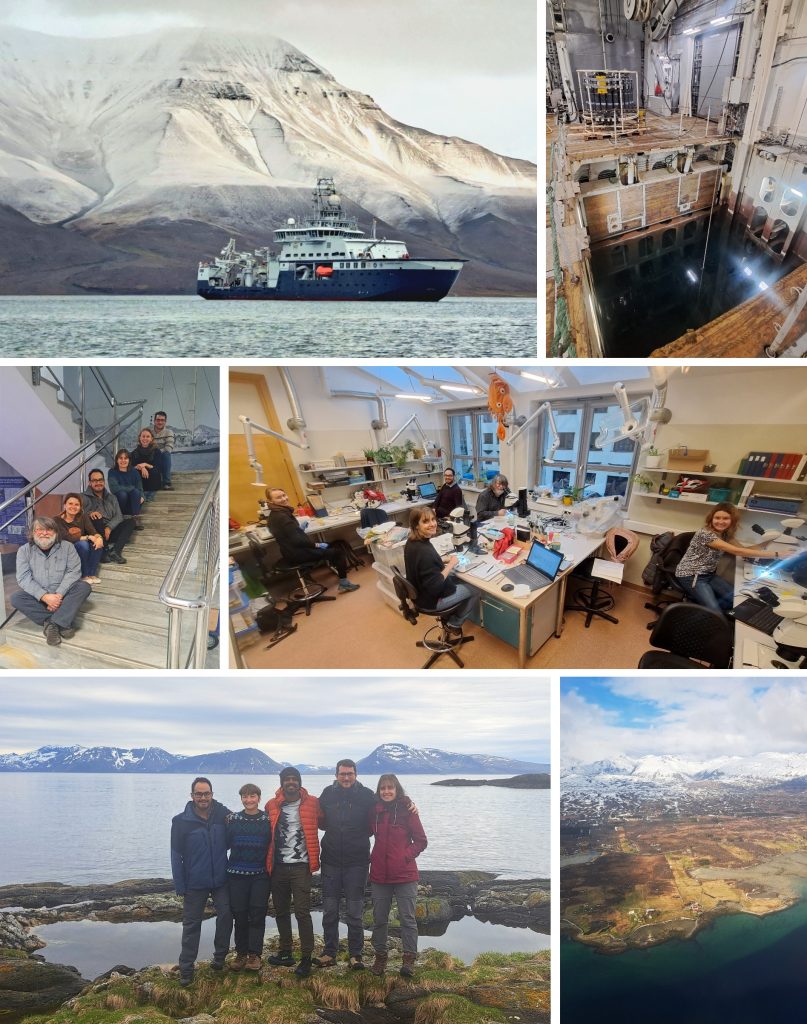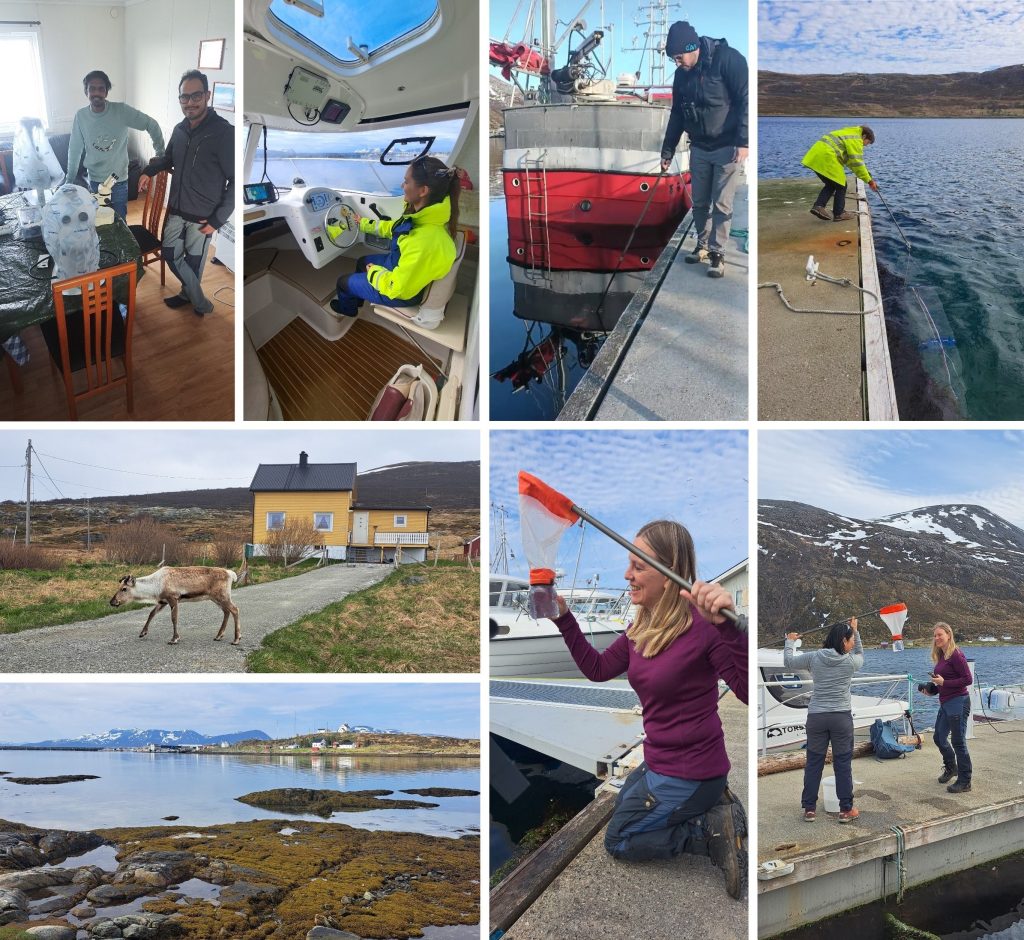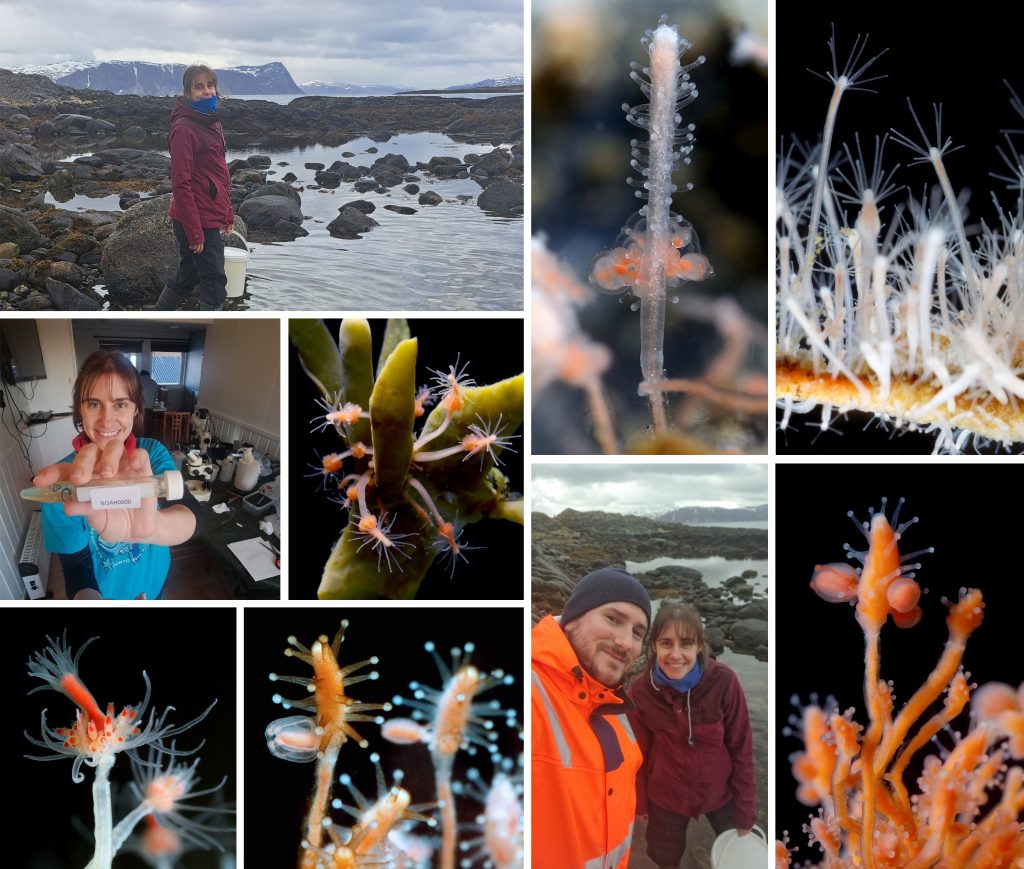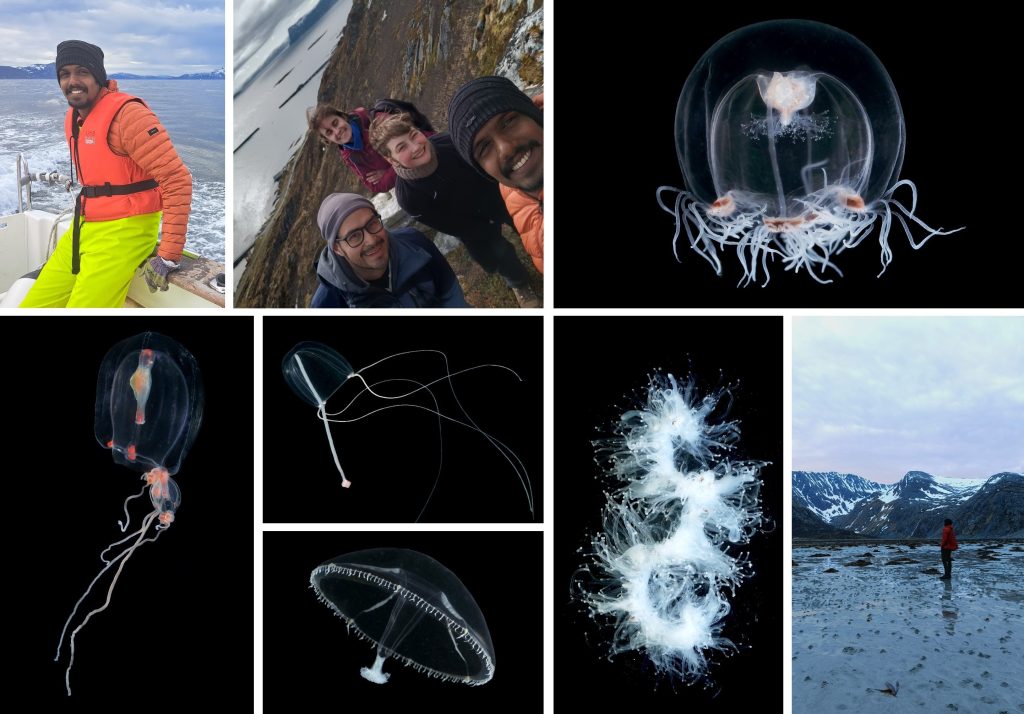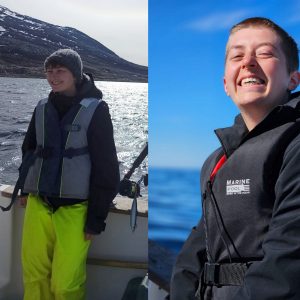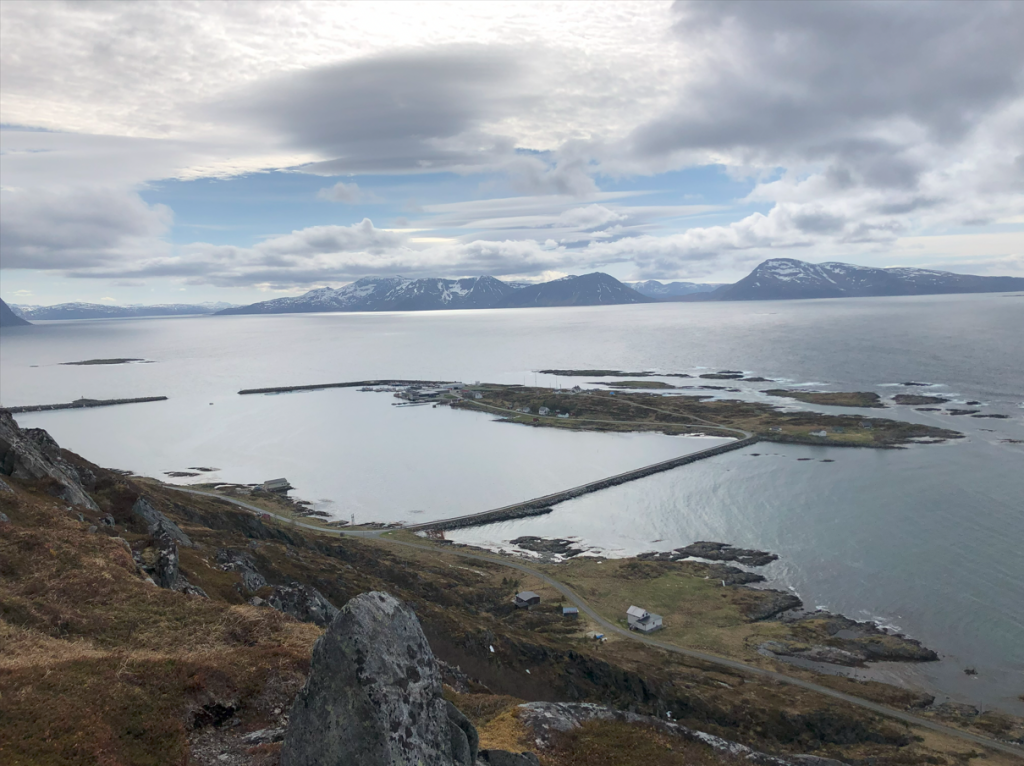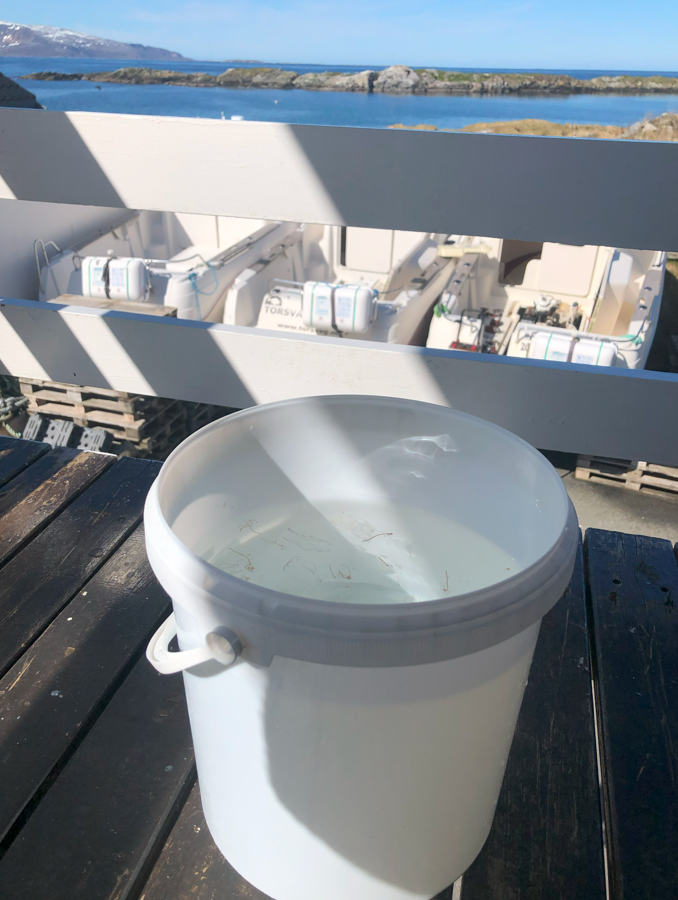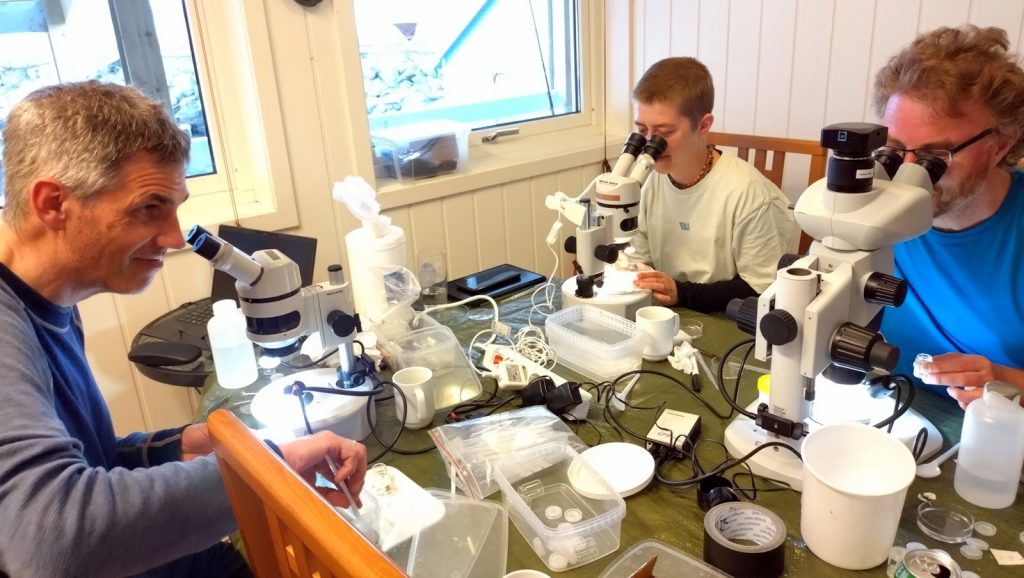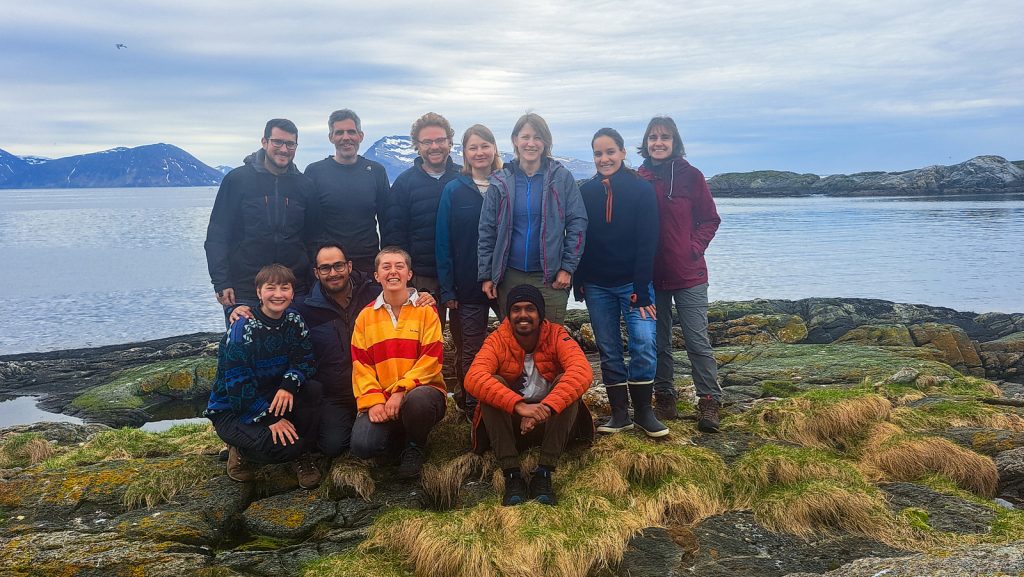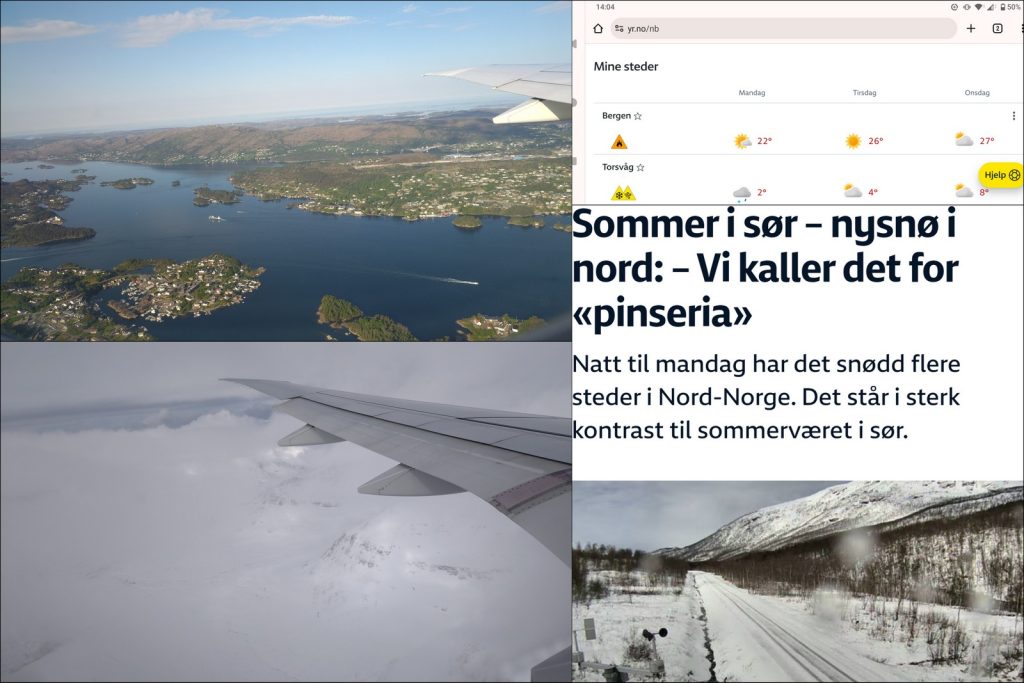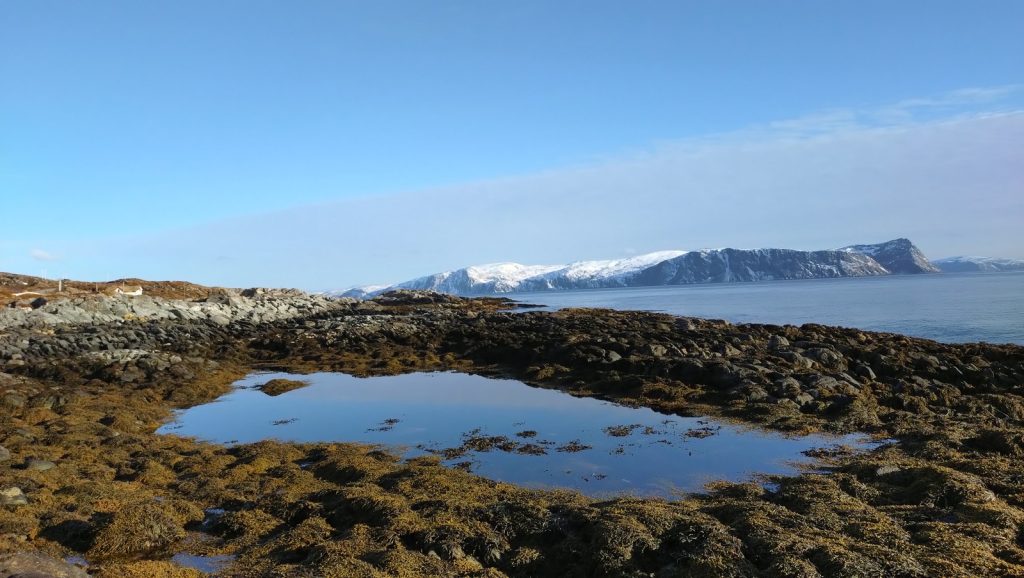Have you ever heard about chaetognaths, aka arrow worms? They are a phylum of worm-like animals mostly found as part of planktonic communities worldwide. Their name originates from chaeto (spines) and gnatha (jaws). As you can see in the picture below, their name refers to their hooked, grasping spines located on each side of their head. Chaetognaths use their spines to grasp their prey (sometimes other arrow worms!). Luckily for us, they are just a few cm long, up to 10-12 cm in some cases, so nothing to worry much about. They can also have a funny, Edvard Munch’s The Scream’s-like appearance, such as the benthic chaetognath below. With over 130 species described worldwide, our knowledge on their true diversity and distribution is still very scarce. What we do know is that they are one of the most important planktonic predators and the second-most abundant planktonic group. Most species are transparent, and often classified as part of the so-called gelatinous zooplankton. However, ca. 20% of the species are benthic chaetognaths that can be found close to the seabed (like the surprised guy below).
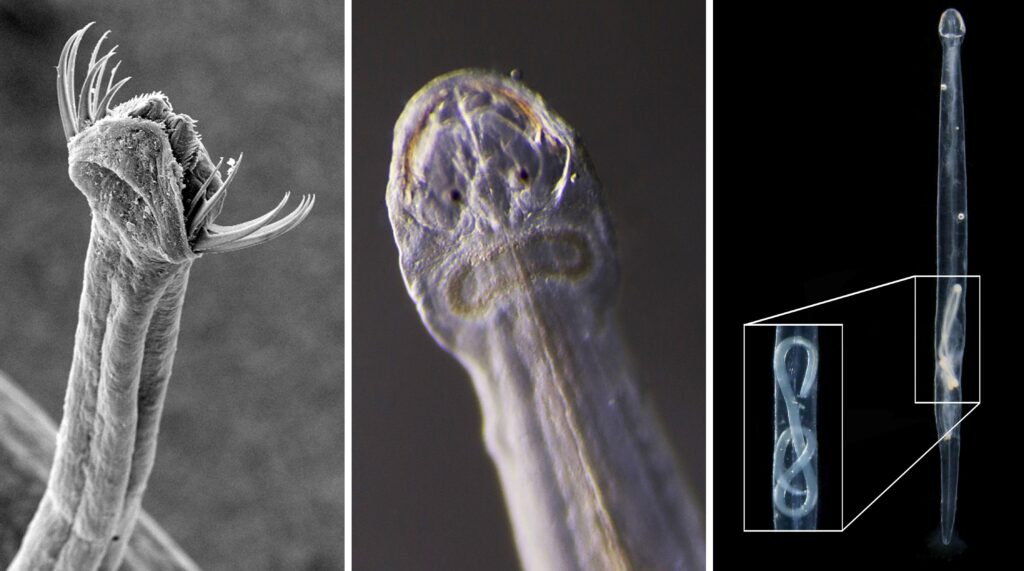
Figure 1. Different appearances of arrow worms, the one on the right with a parasitic nematode. Credit: Zatelmar CC BY SA 3.0 (left), Luis Martell (middle) and Luis Martell and Joan J. Soto-Angel (right).
Through Artsdatabanken project ParaZoo (Metazoan Parasites of non-crustacean Zooplankton) we are studying the diversity of parasites associated with jellyfish, comb jellies and chaetognaths. As we found very interesting specimens from our sampling trips to Svalbard, we joined a recent trip to Torsvåg in Northern Norway, hoping to get additional material from this understudied area. You can read more about this joint fieldwork here and here. Our MSc student Lea will tell you a bit more about her MSc project, and her experience in Torsvåg.
From Lea:
Hei! I am Lea, a Master student working on my Master thesis about the last C in the C + C + C research group: Cnidaria, Ctenophora, and now Chaetognaths! I am working with parasites of chaetognaths in Norwegian waters, a still much understudied topic. On the sampling trip to Torsvåg in Northern Norway, I got first hand experiences with a variety of sampling methods, cool jellies, and getting to know everyone better from the marine team at the University Museum.Among the sampling methods, my favourite was definitely catching the jellies with a small net on the pier (see Figure 2). There, we – fearless of the everchanging weather conditions – caught the biggest jellies of our trip. Afterwards, I was mainly in charge of checking jellies for parasites for the ParaZoo, where we found trematoda in 2 different jelly species!
Sadly, pelagic chaetognaths were very sparse in Torsvåg. We even deployed manually (!) a plankton net all the way to 200 m deep in search for chaetognaths, but we only found about 30 in total, that were also unparasitized. Luckily, the polychaete group next door could offer some comfort.
Let me introduce you to my absolute favourite species from the trip: The benthic chaetognath Spadella cephaloptera! Have a bad day? – Just take a look at the constantly surprised, concerned, and slightly uncanny face of this small fella! You can count on me overusing this species in my upcoming presentations!
All in all, I developed a lot of useful skills, ranging from identifying common (and uncommon) gelatinous zooplankton species to untangling a fishing rope! It was such an amazing experience to be part of this sampling trip!
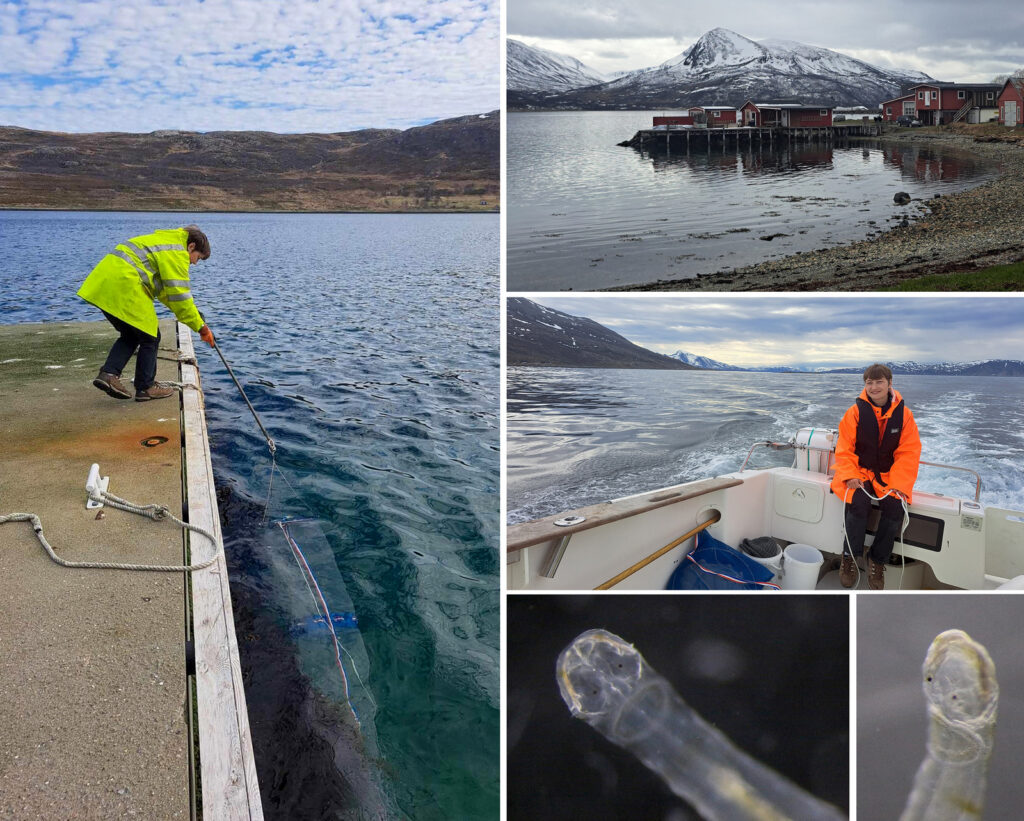
Figure 2. Net sampling from different locations in beautiful Torsvåg. Spadella cephaloptera looking constantly surprised due to the corona ciliata below the two eye pigments (Photos: Joan J. Soto-Angel and Lea Dober)
From Joan and Lea

